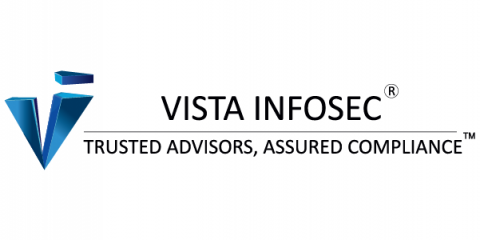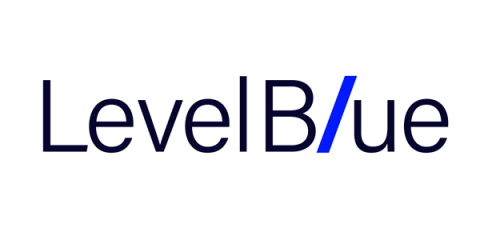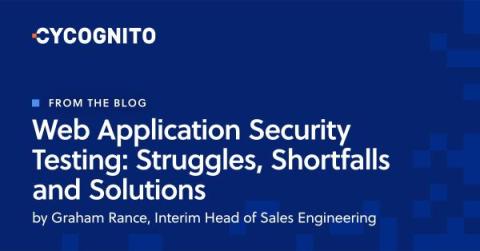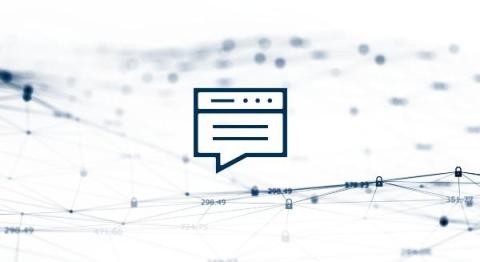Strengthening AI Chatbot Defenses with Targeted Penetration Tests
The world is quickly seeing the rise of AI powered customer service. The conversational agent chatbots enhance the customer experience but also introduce a new attack vector. Here's what you need to know about strengthening AI chatbot defenses. Many AI driven technologies have access to vast data sources and access to functions that assist users. AI chatbots can be used in many ways such as answering questions about an item in stock, help develop code, to helping users reset their password.










